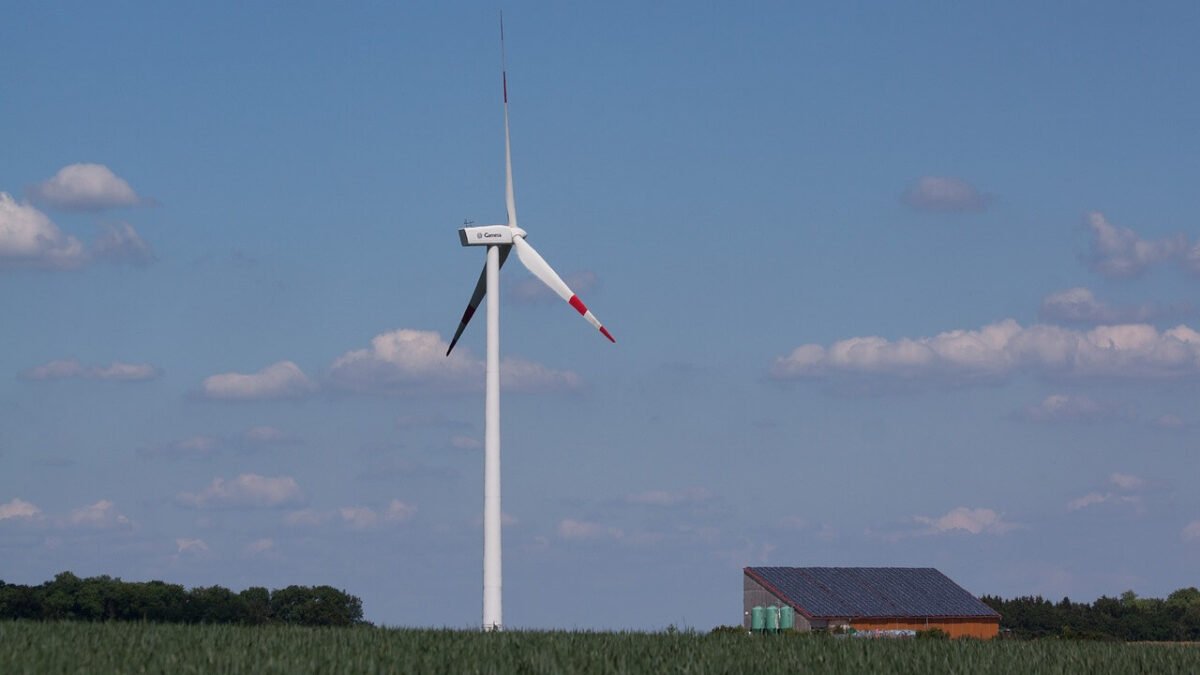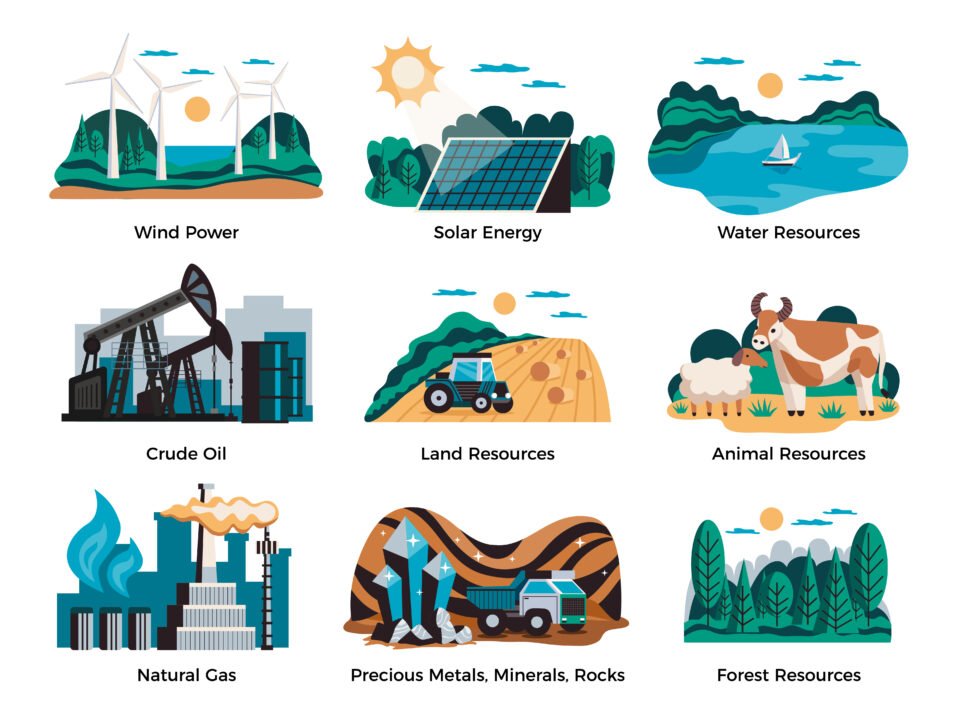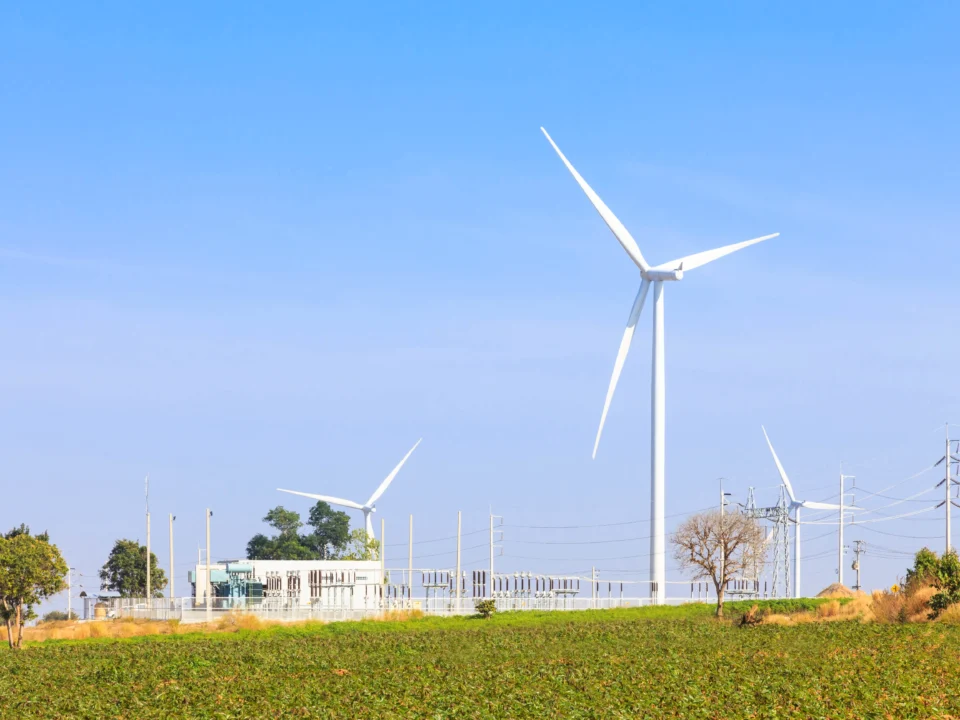- Complementary Nature of Solar and Wind Energy: Solar and wind energy exhibit complementary characteristics that make them ideal for hybrid projects. Solar energy generation typically peaks during daylight hours, while wind energy production is often higher during nighttime or periods with greater wind speeds. By combining the two, hybrid projects can provide a more consistent and reliable energy output, reducing intermittency issues and optimizing resource utilization. This complementary nature allows for a better match between energy supply and demand, enhancing grid stability and improving the overall performance of renewable energy systems.
- Smoothing Power Output and Reducing Intermittency: One of the main challenges of renewable energy sources is their intermittent nature, which can cause fluctuations in power output. Hybrid projects that combine solar and wind energy can mitigate these fluctuations by leveraging the different patterns of energy generation. When solar energy production is lower, wind energy can compensate, and vice versa. By integrating the two sources and optimizing the energy dispatch based on real-time conditions, hybrid projects can provide a smoother and more consistent power output, reducing the need for energy storage systems and ensuring a more stable supply of electricity.
- Optimal Resource Utilization and Land Efficiency: Hybrid projects enable optimal utilization of resources and land. Solar panels and wind turbines can be co-located in the same project, utilizing the available space more efficiently. This approach maximizes energy production per unit of land and reduces the environmental impact associated with the development of separate solar and wind installations. By combining the infrastructure and sharing the transmission and grid connection infrastructure, hybrid projects can also reduce overall costs and streamline project development.
- Technological Integration and System Design: Successful integration of solar and wind energy requires careful system design and technological integration. Hybrid projects often involve advanced control systems and forecasting algorithms that dynamically balance the output of solar and wind sources based on weather conditions and electricity demand. Additionally, hybrid projects can leverage advanced energy management systems to optimize the utilization of generated energy, enable energy trading, and enhance grid integration. Technological advancements in hybrid inverters, hybrid energy storage, and grid management solutions are crucial for efficiently integrating and managing solar and wind resources in hybrid projects.
Conclusion: Balancing solar and wind energy through hybrid projects offers significant benefits in terms of enhanced efficiency, reliability, and resource utilization. These projects contribute to a more stable and sustainable energy system by mitigating intermittency issues, optimizing land use, and maximizing renewable energy production. By embracing the potential of hybrid projects, we can accelerate the transition to a cleaner and more resilient energy future.
Related posts
December 15, 2025
December 12, 2025




